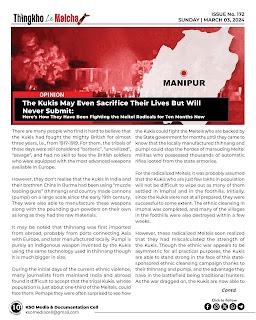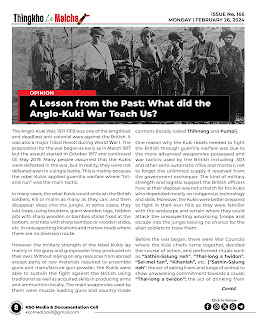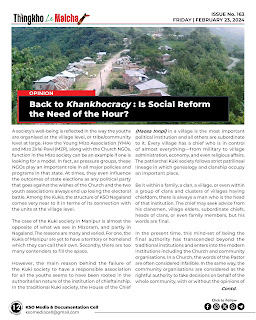How will the Kukis vote in the forthcoming 18th Lok Sabha Elections?

The forthcoming Lok Sabha election will be held in Manipur under extraordinary circumstances due to the state-sponsored ethnic violence that plagues the state since May 3, 2023. In more than ten months, the state government has done literally nothing to diffuse the tension between the two warring communities. Even the third party, the Nagas, continue to maintain their “neutral” position with an aim to reap maximum political benefits, including this Lok Sabha election. For the Kukis, it is a test of their strength whether they will be able to survived such an ethnic cleansing pogrom, or surrender to the majoritarian state whose sole intention is to annihilate the minority communities and usurp their lands and properties. Under such circumstances, it is imperative for the minority Kukis to take extreme care in deciding whom to vote for, as their existence as a community will largely depend on the outcome of this election. So far, the intending candidates from the Kuki community have list







